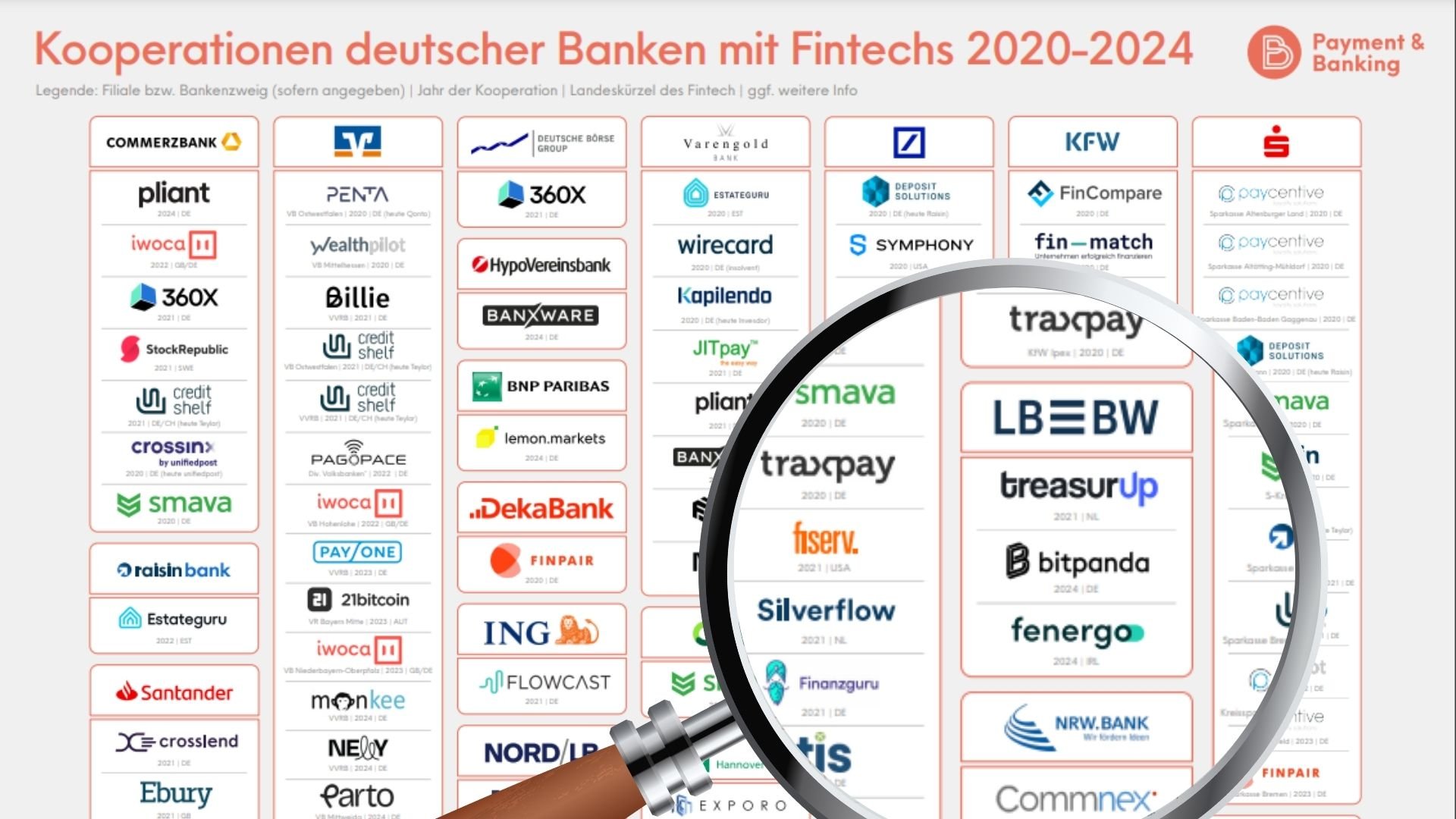Deutsche Banken liegen bei der Digitalisierung bestenfalls im Mittelfeld. Sie unterschätzen die disruptive Kraft digitaler Techniken und überschätzen den eigenen Wissensvorsprung gegenüber den neuen Spielern am Markt. Das Kernbanksystem (CBS) als entscheidende strategische Stellschraube genießt nur selten die erforderliche Aufmerksamkeit.
Die größte Gefahr für die Banken besteht darin, dass digitale Disruptoren einen Keil zwischen sie und die Kunden treiben. Amazon in den USA und Alibaba in China haben es vorgemacht: Kunden kaufen nicht mehr in den Geschäften, sondern bestellen die gewünschte Ware über zentralisierte Plattformen. Trotz dieser Erfahrungen setzen die Banken weiterhin oft auf klassische Strategien, um die Rentabilität zu steigern und so in erster Linie das bestehende Geschäftsmodell zu erhalten. Robo Advisory, Prozessautomatisierung und Services, die der Kunde möglichst ohne komplizierte Kontaktpunkte selbst nutzen kann, sind beispielsweise erfolgversprechende Strategien, um den Widerspruch zwischen mehr Service bei weniger Kosten aufzulösen. Heutige Kernbanksysteme ziehen dabei nur leider nicht mit.
Neben veralteter Technologie steht eine überholte Organisation
Viele Banken haben die organisatorischen Strukturen auf das eingesetzte Kernbanksystem und dessen Vorgänge abgestimmt. Selbst wenn es gelänge, den technischen Overhead abzubauen, bleiben die menschlichen Komponenten im Prozessmodell erhalten.

Sie lassen sich nicht ohne weiteres anpassen, ohne den Personalkörper erheblich zu vergrößern. Schließlich müssen sowohl die herkömmlichen Prozesse als auch die digital getriebenen Satelliten personell ausreichend ausgestattet werden.
Dazu kommt ein typisches Problem in Veränderungsprozessen: Zwischen Mitarbeitern aus der alten Welt und Mitarbeitern für die neue Welt entsteht nicht selten eine nur schwer zu überbrückende Kluft.
Altsystem in den Ruhestand schicken
Schlimmstenfalls hindert diese Zweiklassen-Struktur die Organisation daran, sich dem Markt und Kundenbedürfnissen gemäß weiterzuentwickeln. Wenn das Fraunhofer Institut in seiner Studienreihe zur Bank und Zukunft kritisiert, dass Kundenzentrierung in den Instituten so gut wie gar nicht stattfinde, dann ist das CBS als eine der wesentlichen Ursachen dafür zu nennen. Häufig greifen die Banken an diesem Punkt wieder auf herkömmliche Rezepte für mehr Rentabilität zurück.
„Aus diesem Teufelskreis führt nur eine Strategie heraus, die sich ernsthaft damit befasst, veraltete Systeme abzuschalten (Application Retirement). 42 Prozent der eingesetzten Kernbankensysteme sind mehr als zehn Jahre alt. “
Zumindest einmal sollte das Migrationsszenario durchgespielt werden, um zu ermitteln, ob das CBS wegen der notorisch hohen Komplexität eine Bank weiter unter Wasser zieht oder mit entsprechenden Erleichterungen auch mittelfristig noch gute Dienste leisten kann. Institute, die sich keinesfalls vom Kernbanksystem trennen können, sollten zumindest den Aufbau eines agilen Parallelsystems erwägen. Anderenfalls übernehmen andere Spieler zuerst den Zugang zum Kunden und anschließend das gesamte Geschäft.
Zudem binden die Altsysteme erhebliche Ressourcen. Bis zu 75 Prozent des IT-Budgets und mehr geben Banken dafür aus, bestehende Anwendungen und Infrastrukturen zu warten. Den Betrieb solcher Systeme wenigstens teilweise einzustellen, ist für sich genommen bereits eine wirtschaftlich sinnvolle Entscheidung.

Im Fokus stehen zunächst diejenigen Anwendungen, die unmittelbar mit dem CBS verknüpft sind oder sogar Funktionen erfüllen, die idealerweise das künftige CBS selbst abdeckt. Wer sein Abschaltszenario kennt, kann darauf aufbauend das Migrationsszenario entwickeln. Dafür ist jetzt ein guter Zeitpunkt. Besonders kostenträchtige IT-Komponenten wie die dazugehörige Infrastruktur lassen sich quasi per Knopfdruck aus der Cloud beziehen. Infrastructure-as-a-Service ist inzwischen ausgereift. Aktuelle CBS-Entwicklungen berücksichtigen diese neuen Möglichkeiten bereits und schaffen dafür die nötige technologische Grundlage. Somit helfen sie bei der Entwicklung von Institutionen: Von Getriebenen hin zu Treibern der Digitalisierung.
Autoren
Kay Wossidlo ist Partner bei der Software- und IT-Beratung Senacor Technologies.

Jürgen Pöllath ist Partner & Principal Architect bei der Software- und IT-Beratung Senacor Technologies





